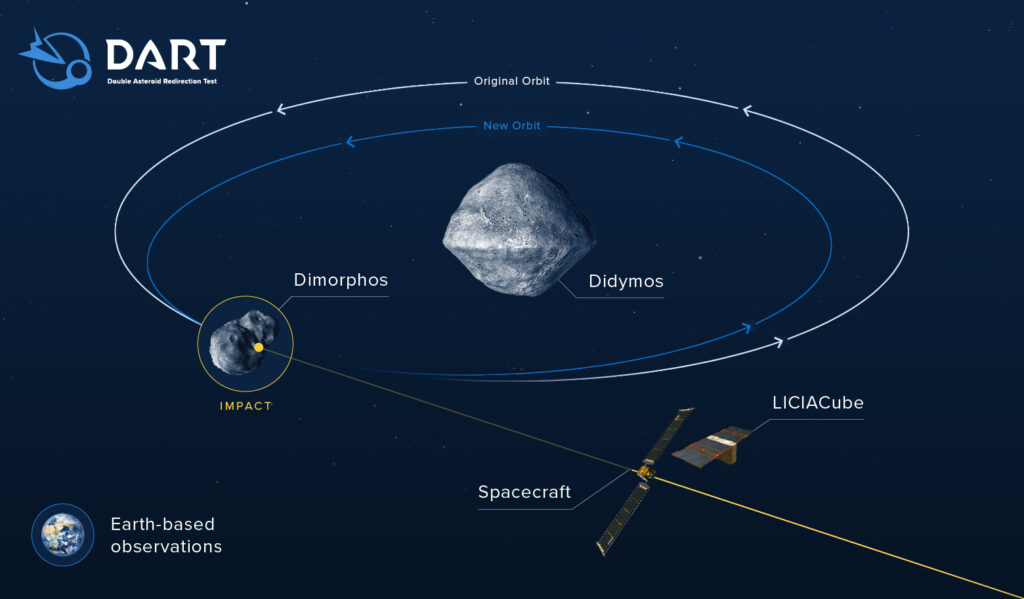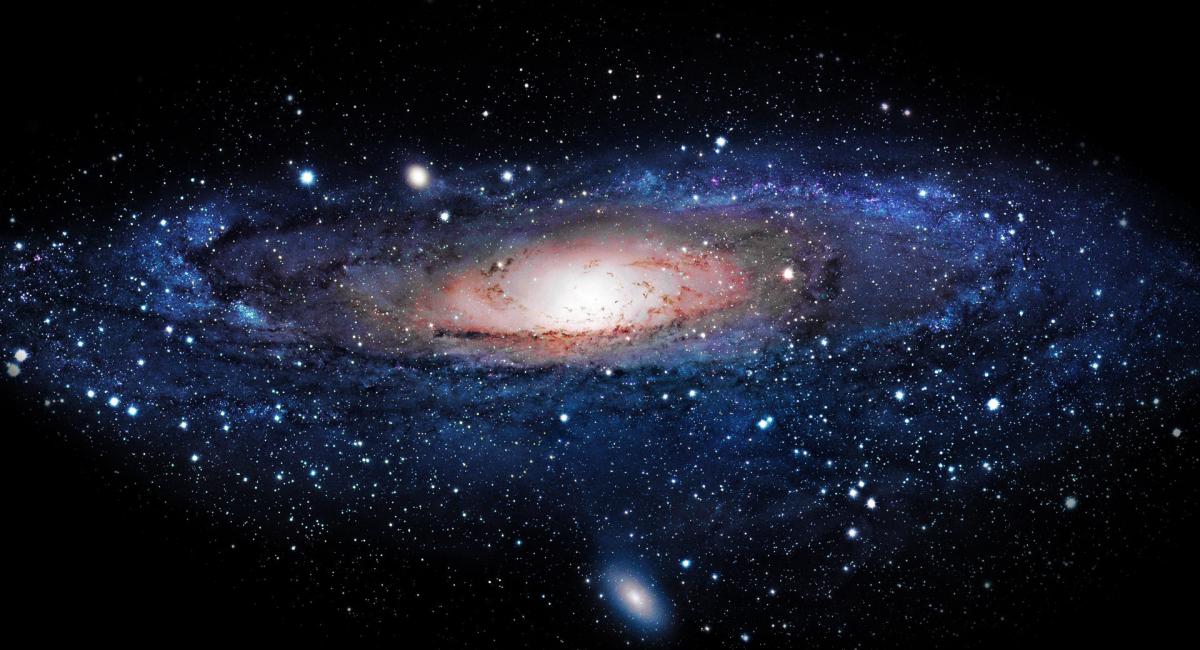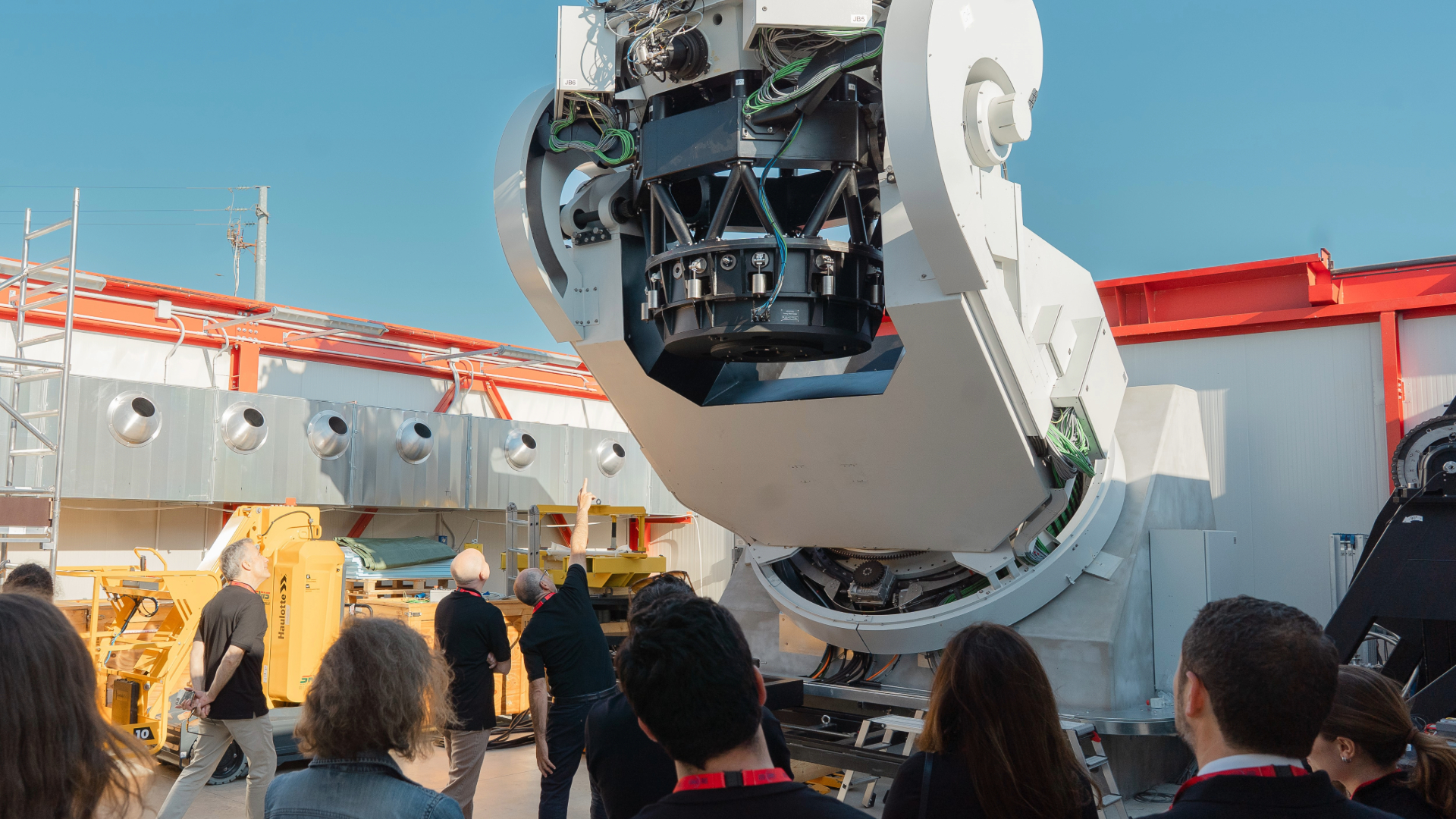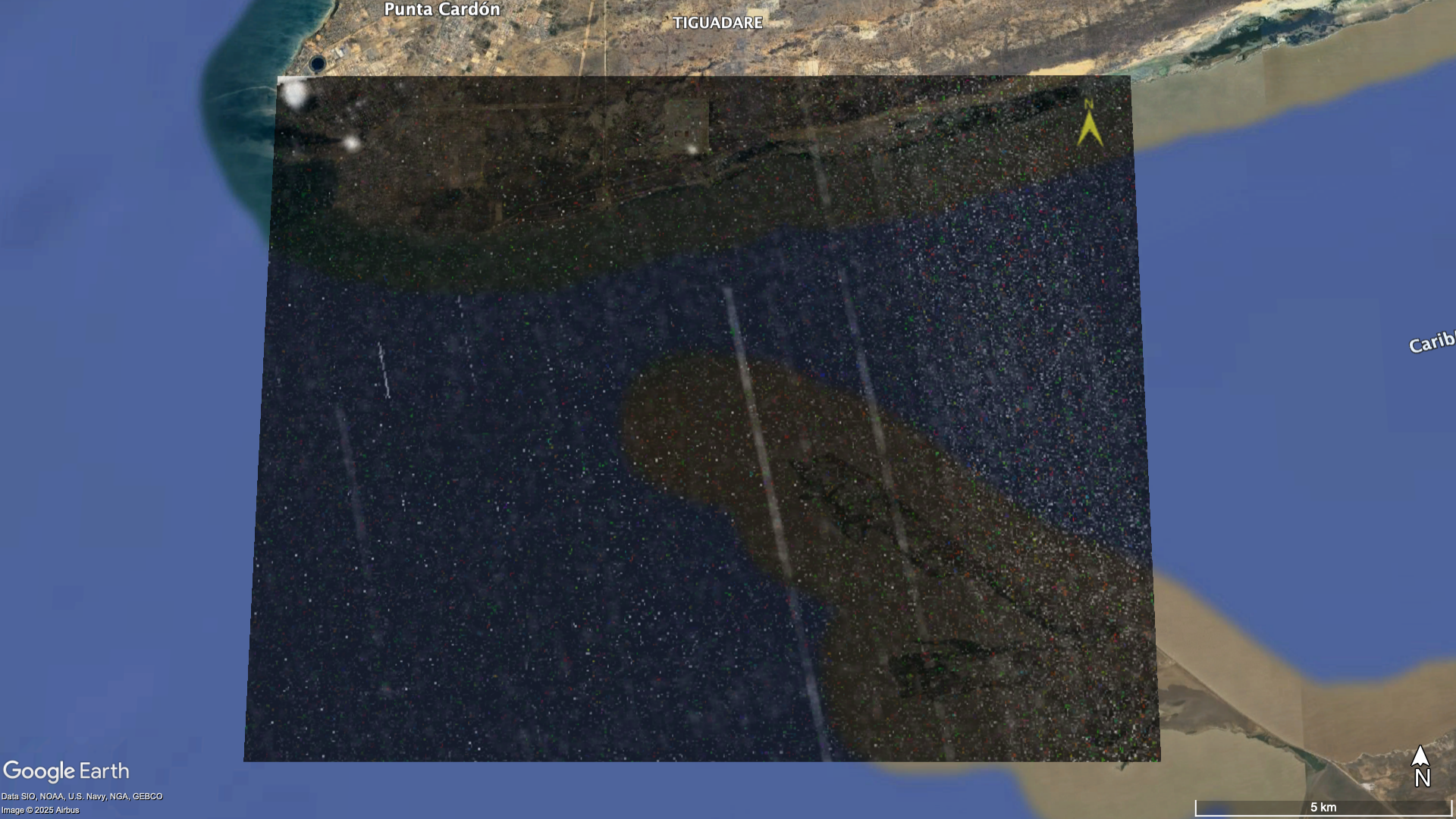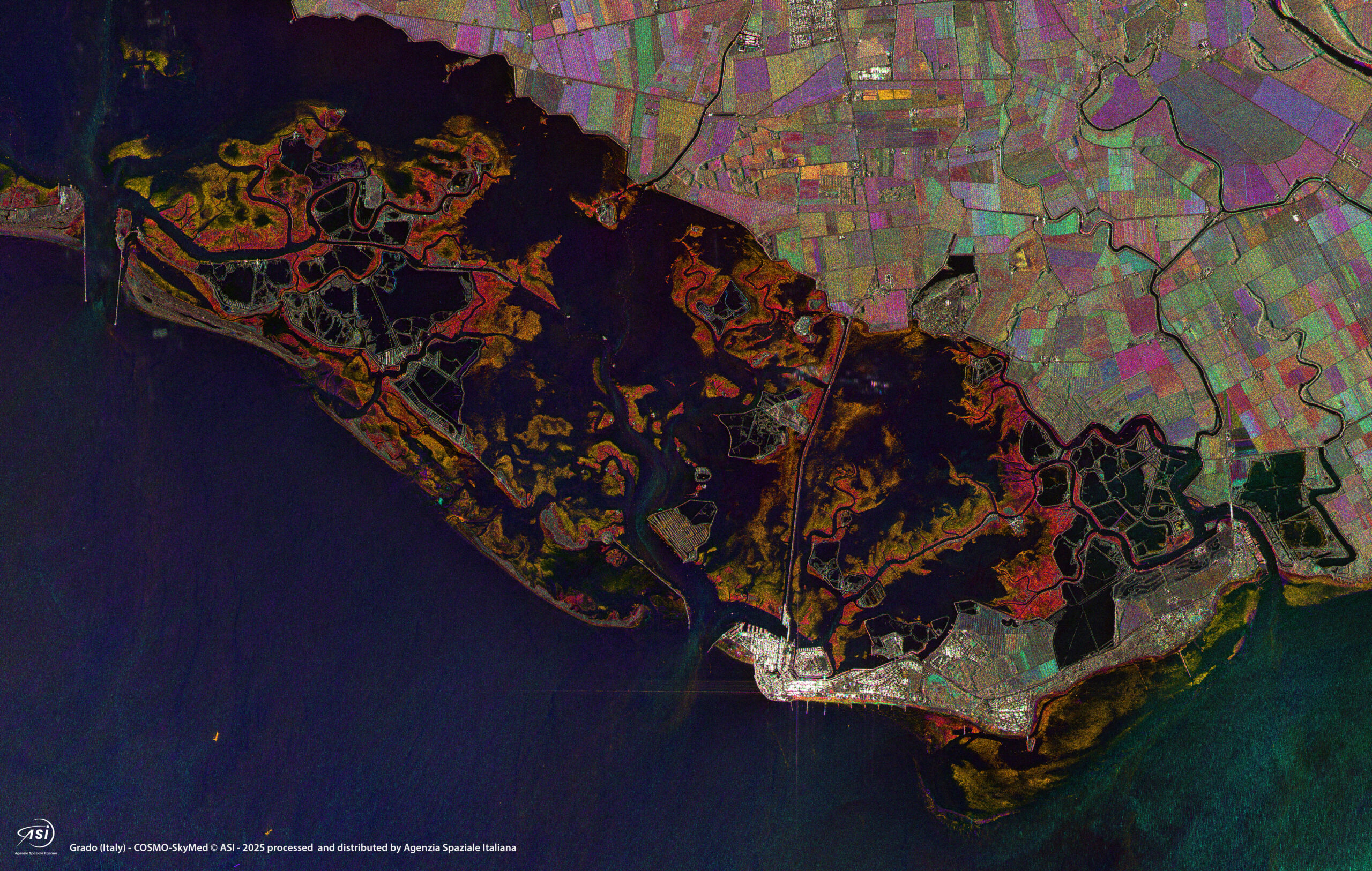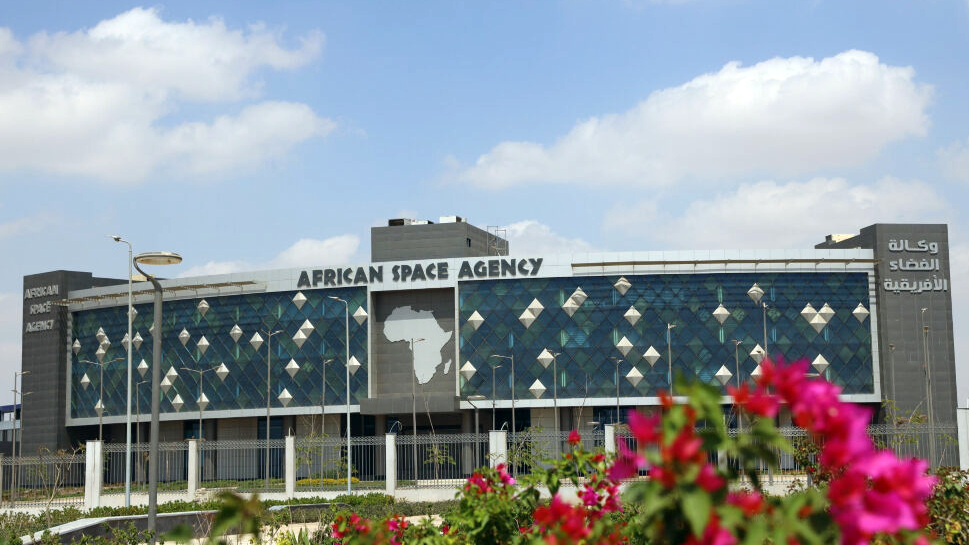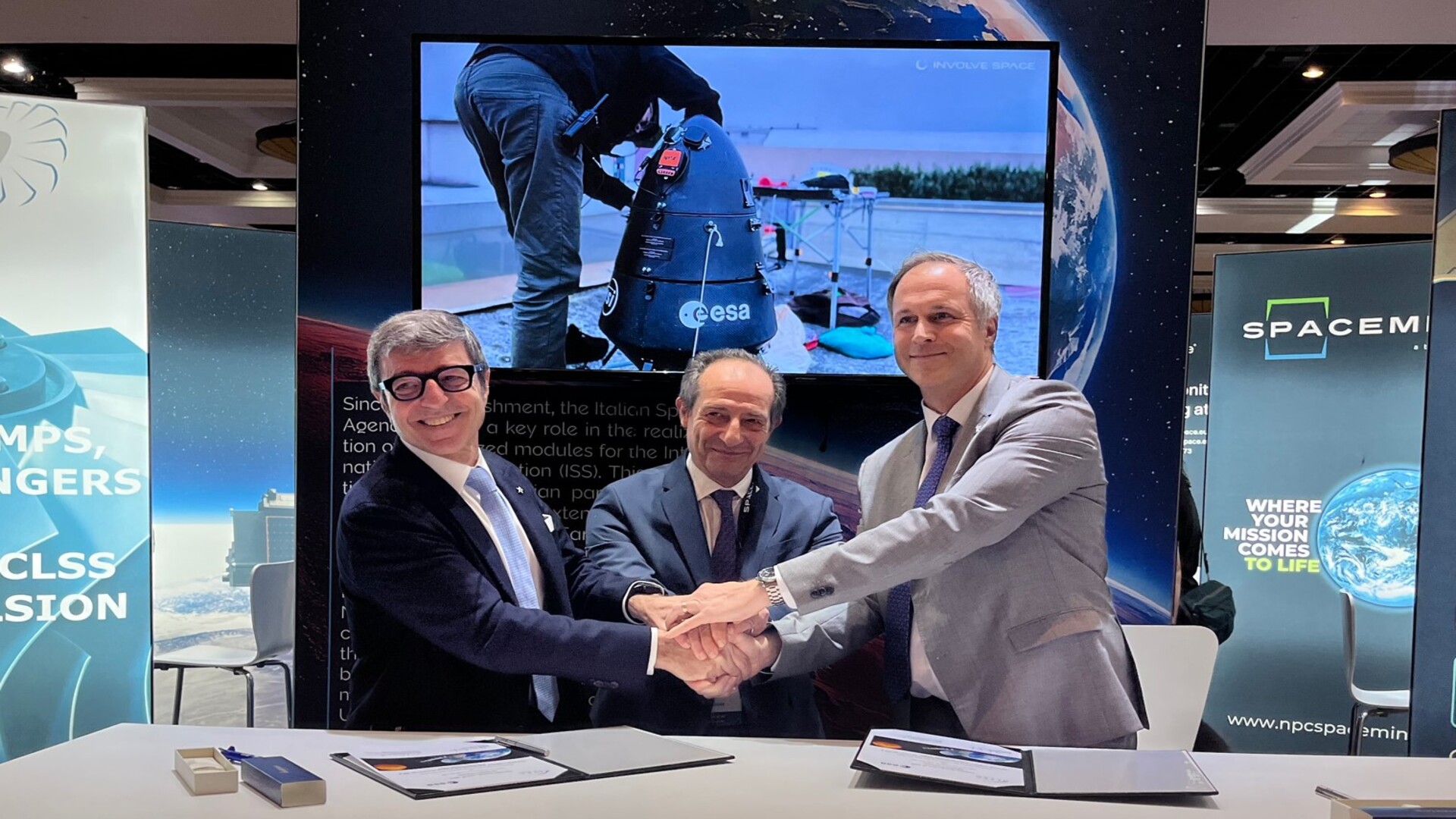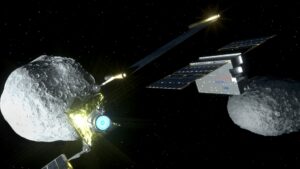
Thematic line: asteroid exploration and study; planetary defense
Mission management: ASI
Launch date: window opens on late November 2021
Mission end: Autumn 2022
Description
LICIACube – the Light Italian Cubesat for Imaging of Asteroids - is a space mission of the Italian Space Agency (ASI), and will be part of the NASA DART mission, whose aim will be the first real scale test of the kinetic impact technique for planetary defense purposes.
DART spacecraft has been developed by the APL (Applied Physics Laboratory) of the Johns Hopkins University. The main aim of the DART mission is to modify by a measurable quantity the orbit around its primary body of Dimorphos, natural satellite of the asteroid (65803) Didymos. The revolution period variation of Dimorphos will be measured soon after the impact and for months and years after it.
DART will be launched at the end of 2021 (nominal launch date 24th November 2021). LICIACube will be hosted as secondary spacecraft during all the interplanetary cruise, being then released by its dispenser around 10 days before the impact, thus continuing its path through the asteroidal system using an autonomous navigation system in order to witness the DART impact on Dimorphos and acquire images of the target in the post-impact scenario.
The design of the LICIACube spacecraft is based on a 6U platform developed by the aerospace company Argotec in the framework of the ArgoMoon mission, adequately suited for the LICIACube mission, which will host two instruments:
- LEIA (LICIACube Explorer Imaging for Asteroid), a narrow field panchromatic camera to acquire images from long distance with a high spatial resolution.
- LUKE (LICIACube Unit Key Explorer), a wide field RGB camera, allowing a multicolor analysis of the asteroidal environment.
Scientific objectives
The (65803) Didymos system has been identified as a binary asteroid, as roughly 15% of the Near-Earth Asteroids (NEA). The primary asteroid, with a diameter of roughly 780 meters, has been classified as an S type, with similarities to L/LL meteorites. The composition of the secondary, with a diameter of roughly 160 meters and orbiting at a distance of 1.2 km from its primary, is still not known.
The scientific objectives of the LICIACube mission can be summarized as follows:
- to witness the DART impact on the Dimorphos surface;
- study the formation of the plume generated by the impact, in particular to characterize its structure and evolution, directly linked to the structure of the asteroid surface material;
- characterize – depending on the plume’s dissipation rate – the impact site on the Dimorphos surface, to obtain measures of the crater’s size and morphology;
- observing the non-impacted hemisphere, to contribute to dimension and volume estimate of the target itself.
Mission team
LICIACube is the first deep-space mission autonomously developed and managed by an entirely Italian team. The design and the integration and test procedures have been assigned by ASI to the Argotec company, whereas the flight operation management is based on a joint activity of Argotec Mission Control Center, NASA Deep Space Network antennas and ASI Space Science Data Center, for what concerns data processing and archiving. The scientific team, composed by a large Italian community involving several members from research institutes and universities, is coordinated by INAF (Istituto Nazionale di Astrofisica) and will develop the following activities:
- mission trajectory design (Polytechnic of Milan)
- real time mission definition and orbit determination during the operation (University of Bologna)
- impact simulation, plume formation, in-situ images, analysis preparation and data analysis during the mission (INAF - Osservatorio Astronomico di Roma; INAF - Osservatorio Astrofisico di Arcetri; INAF - Osservatorio Astronomico di Padova; INAF - Osservatorio Astronomico di Trieste; INAF - Istituto di Astrofisica e Planetologia Spaziali; INAF Osservatorio Astronomico di Capodimonte; IFAC - CNR; Università Parthenope).
LICIACube Science Operation Center
